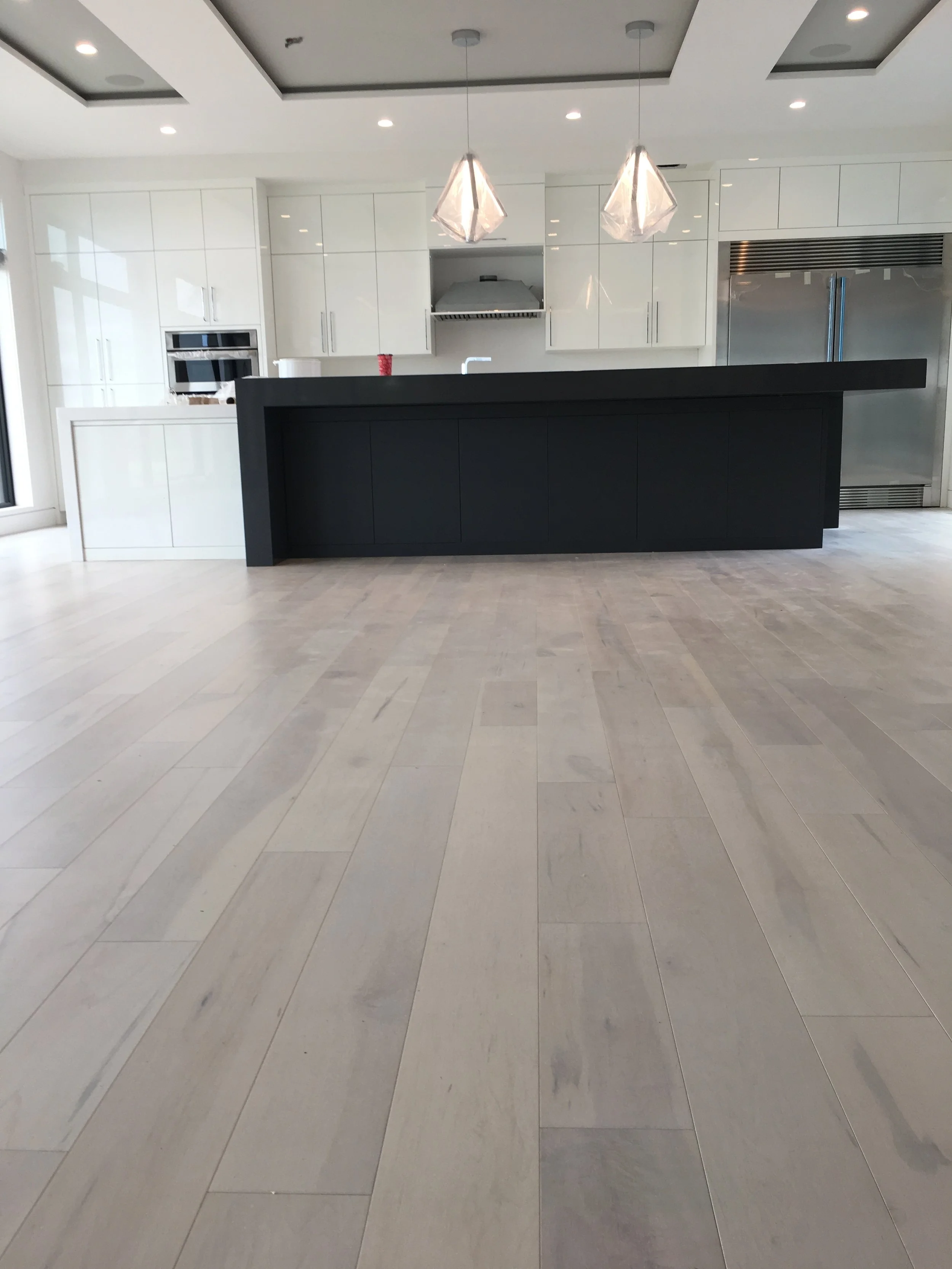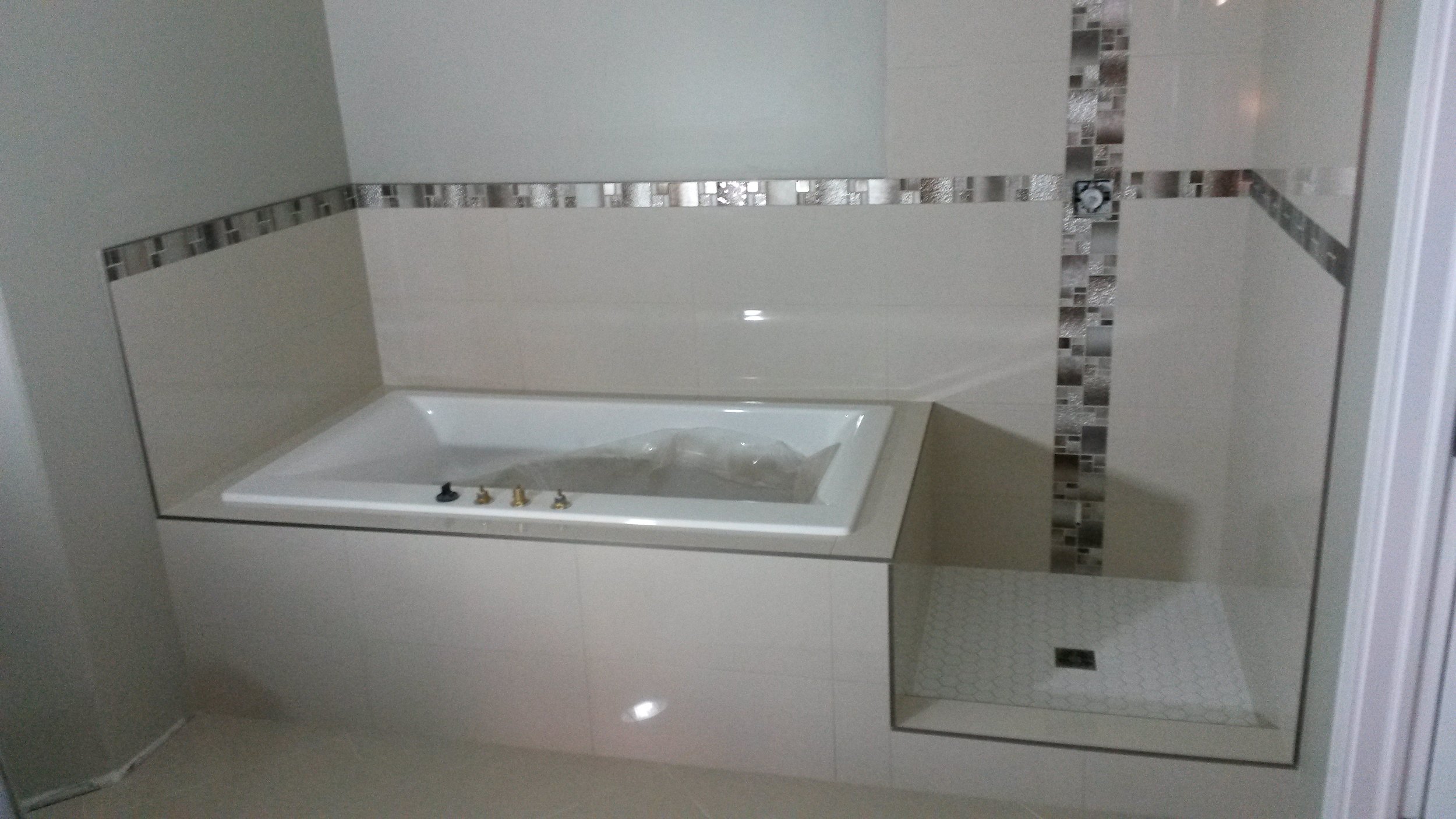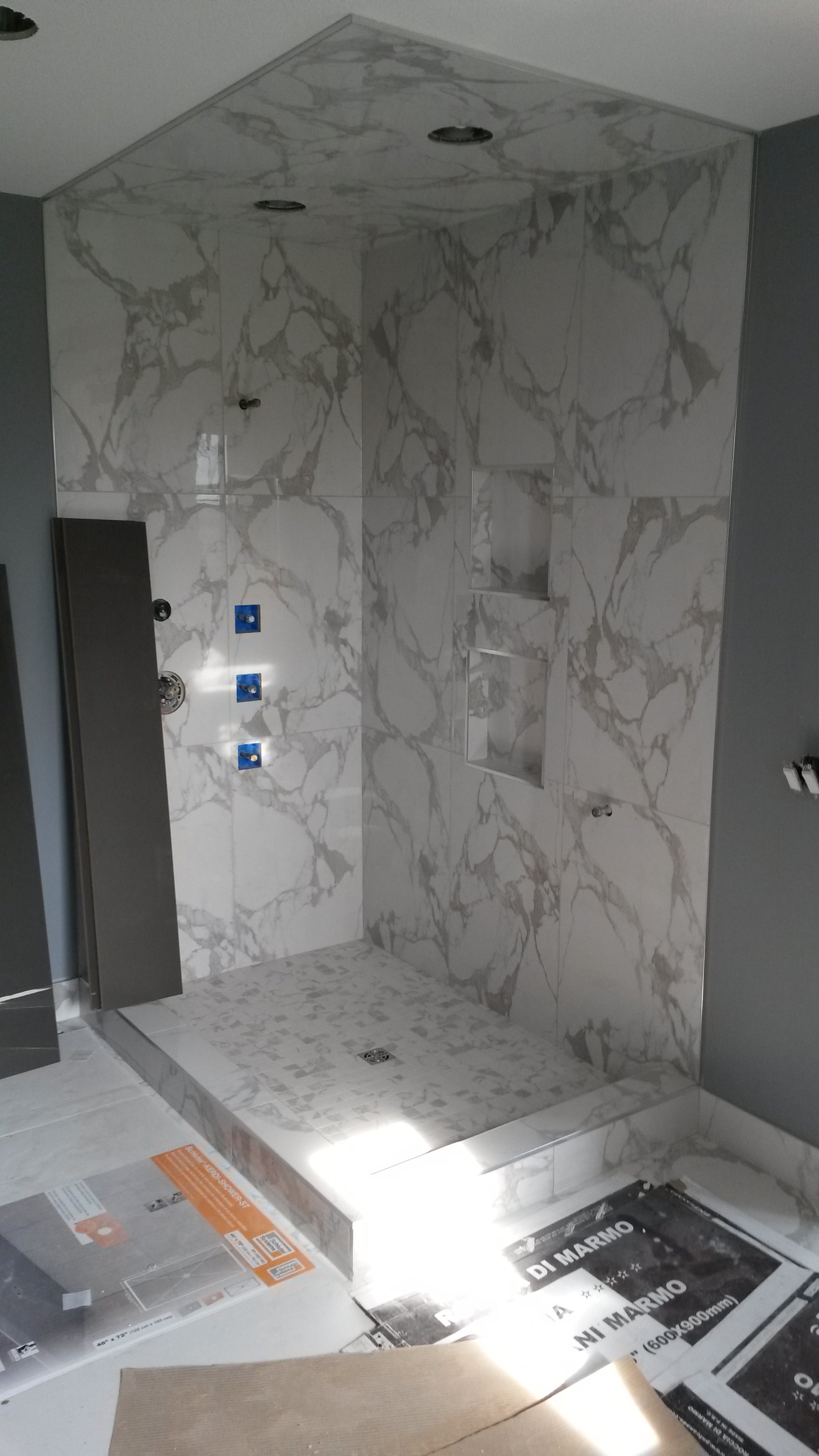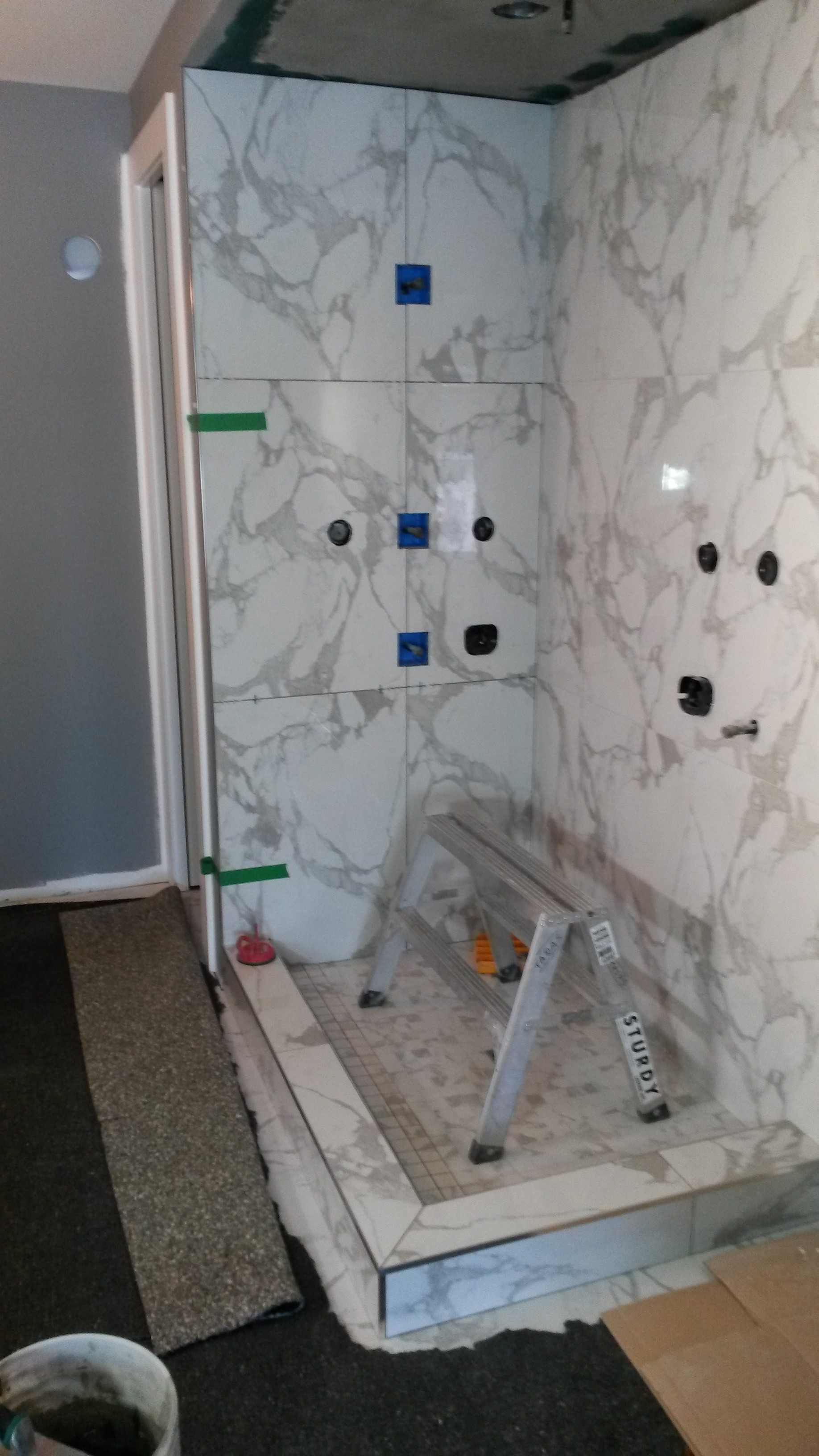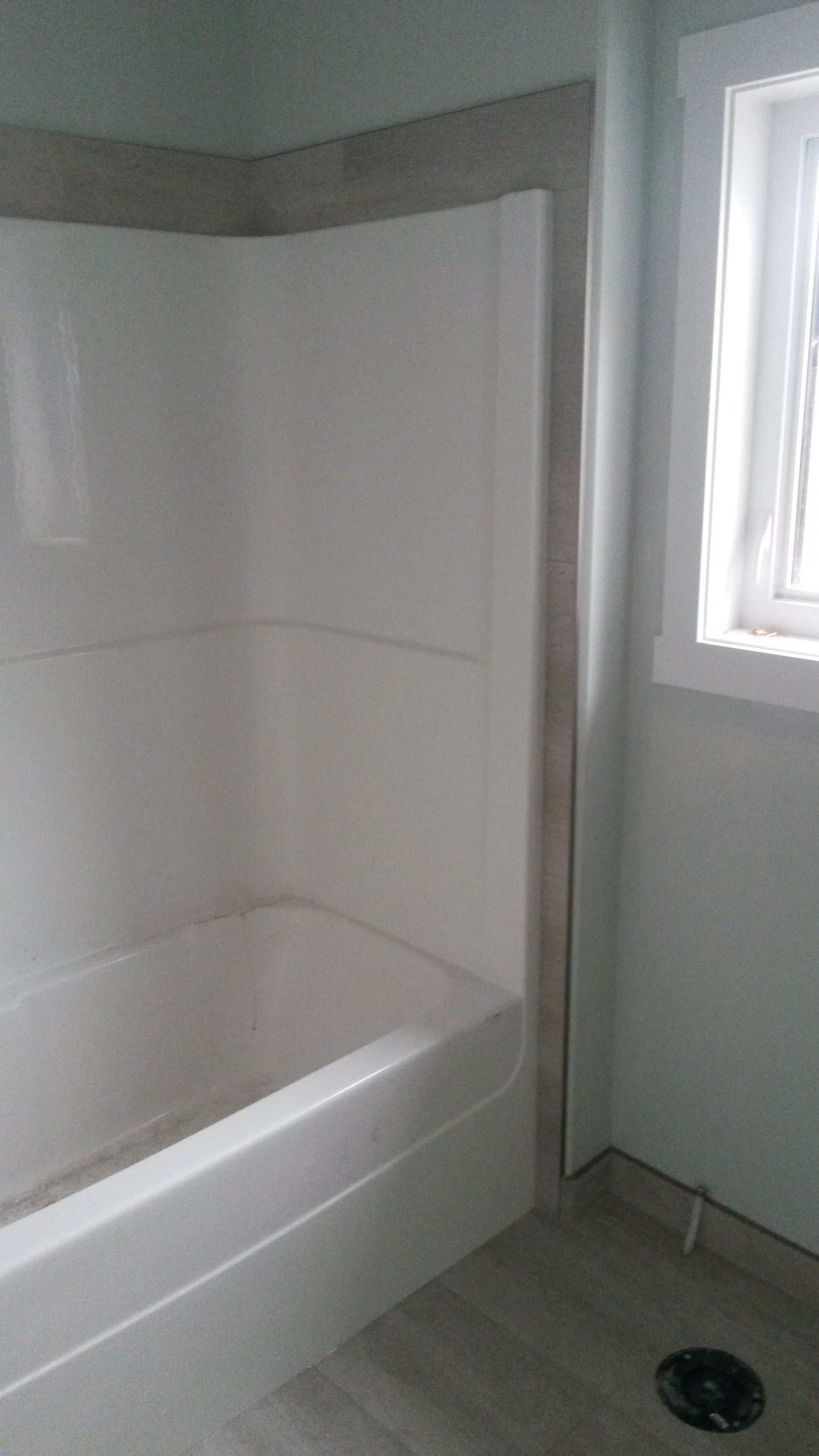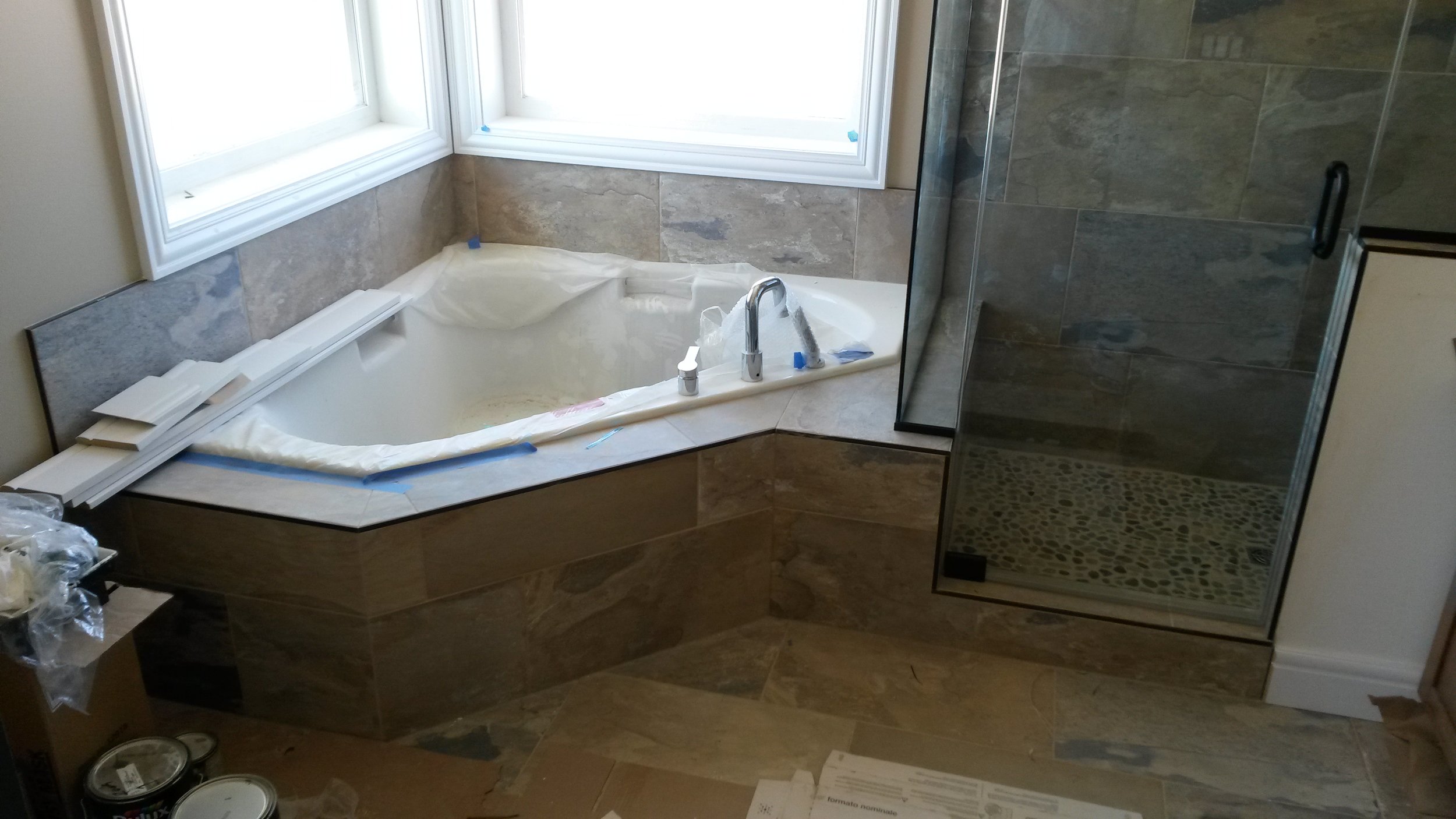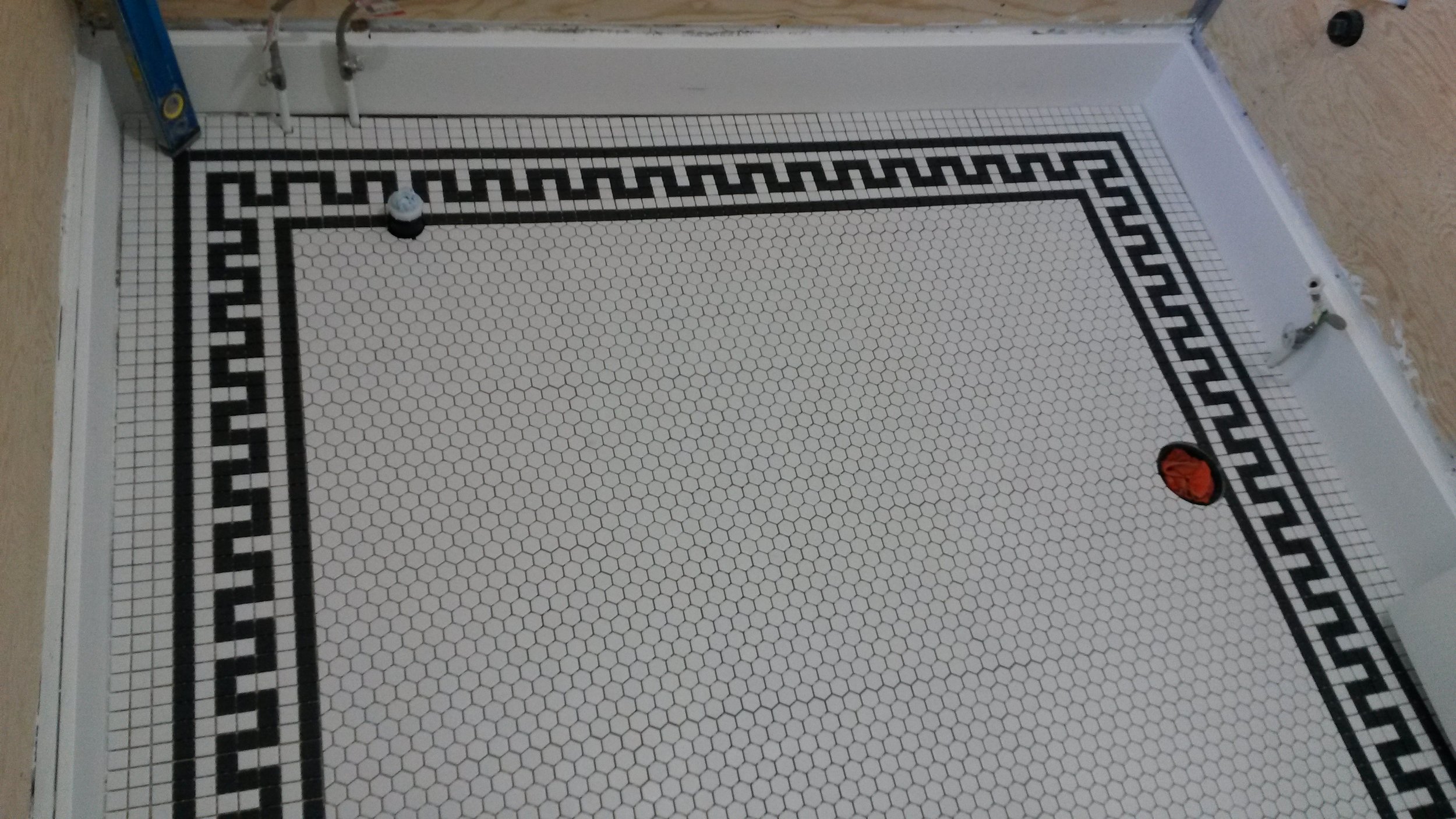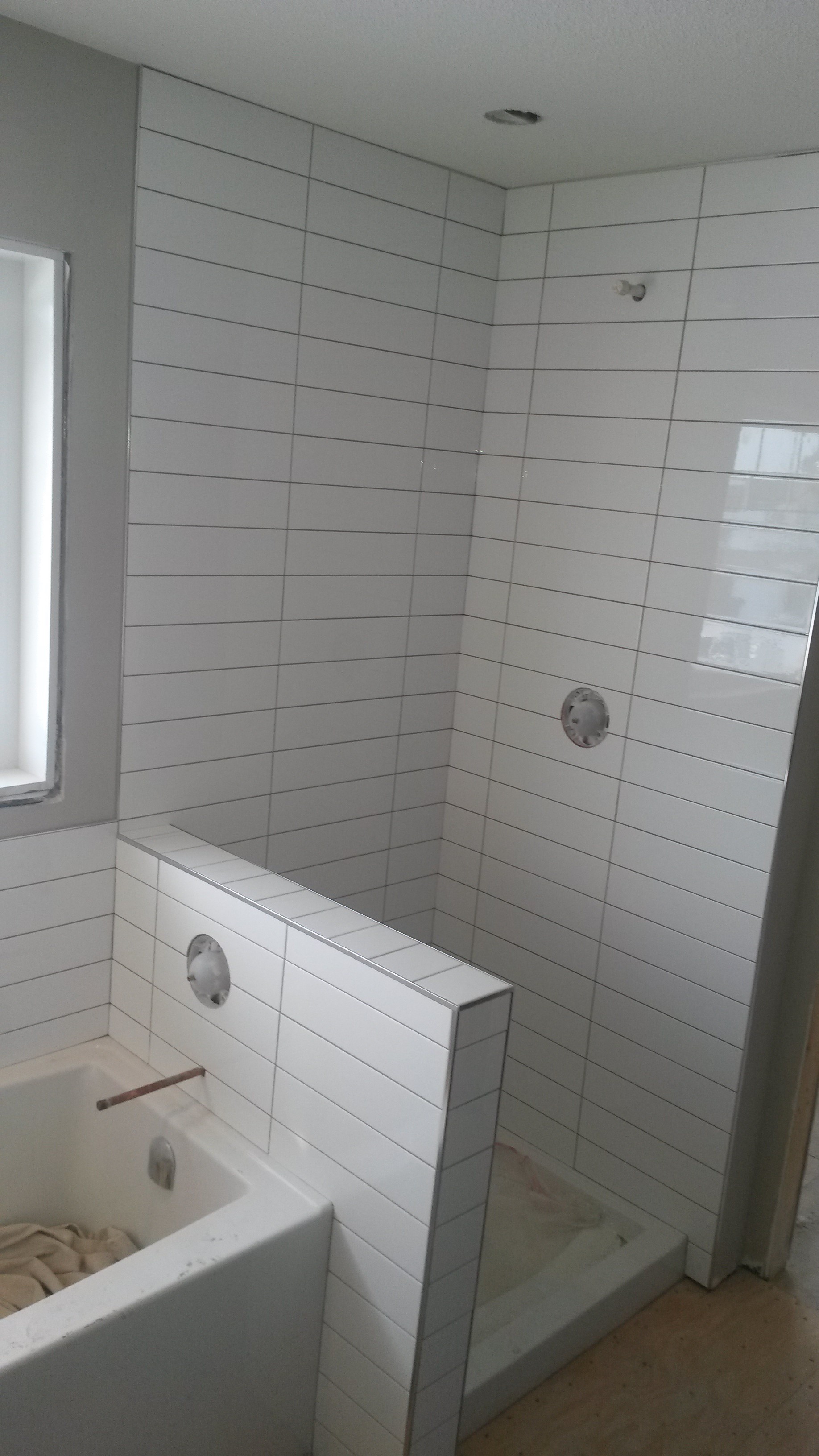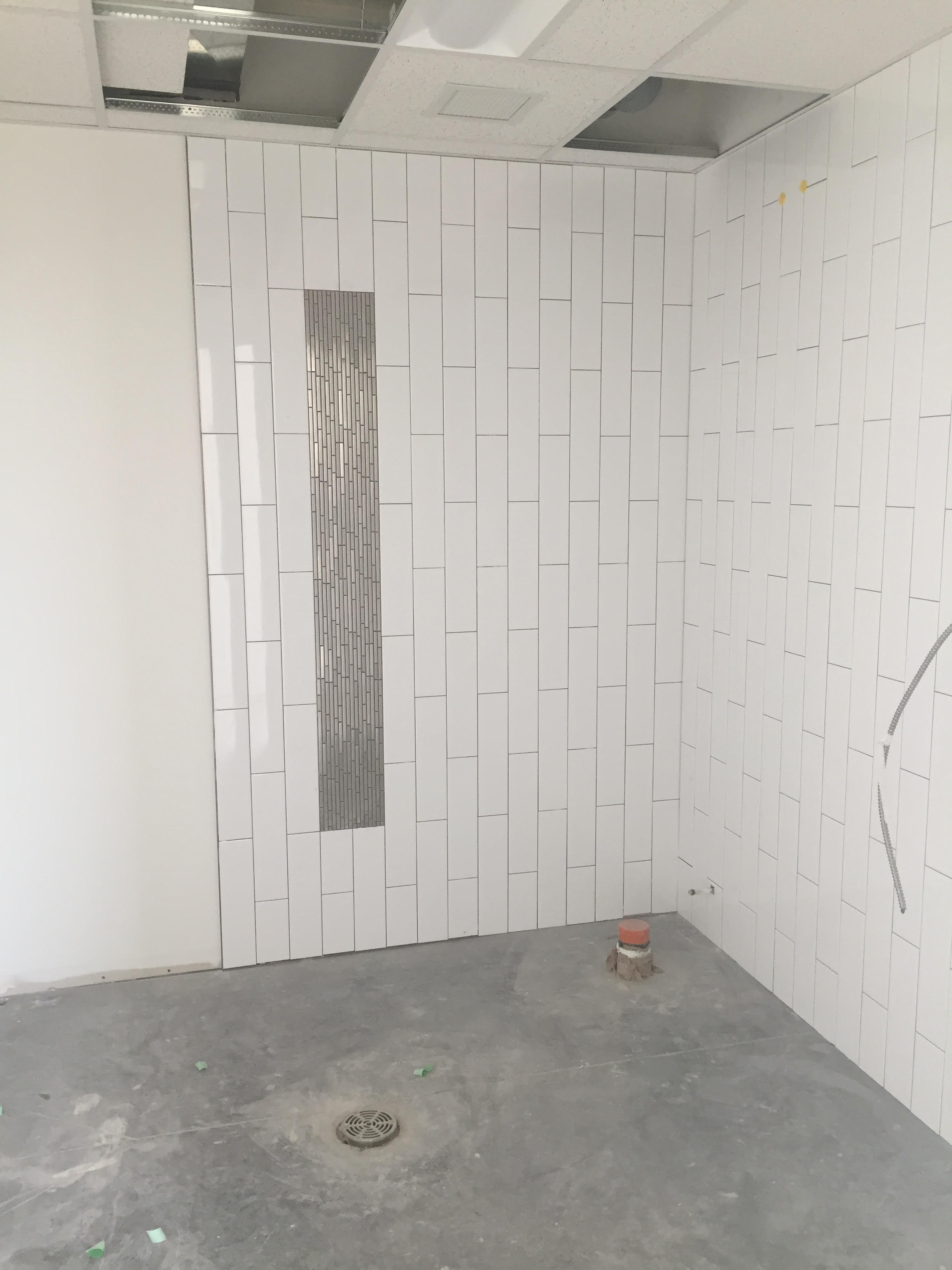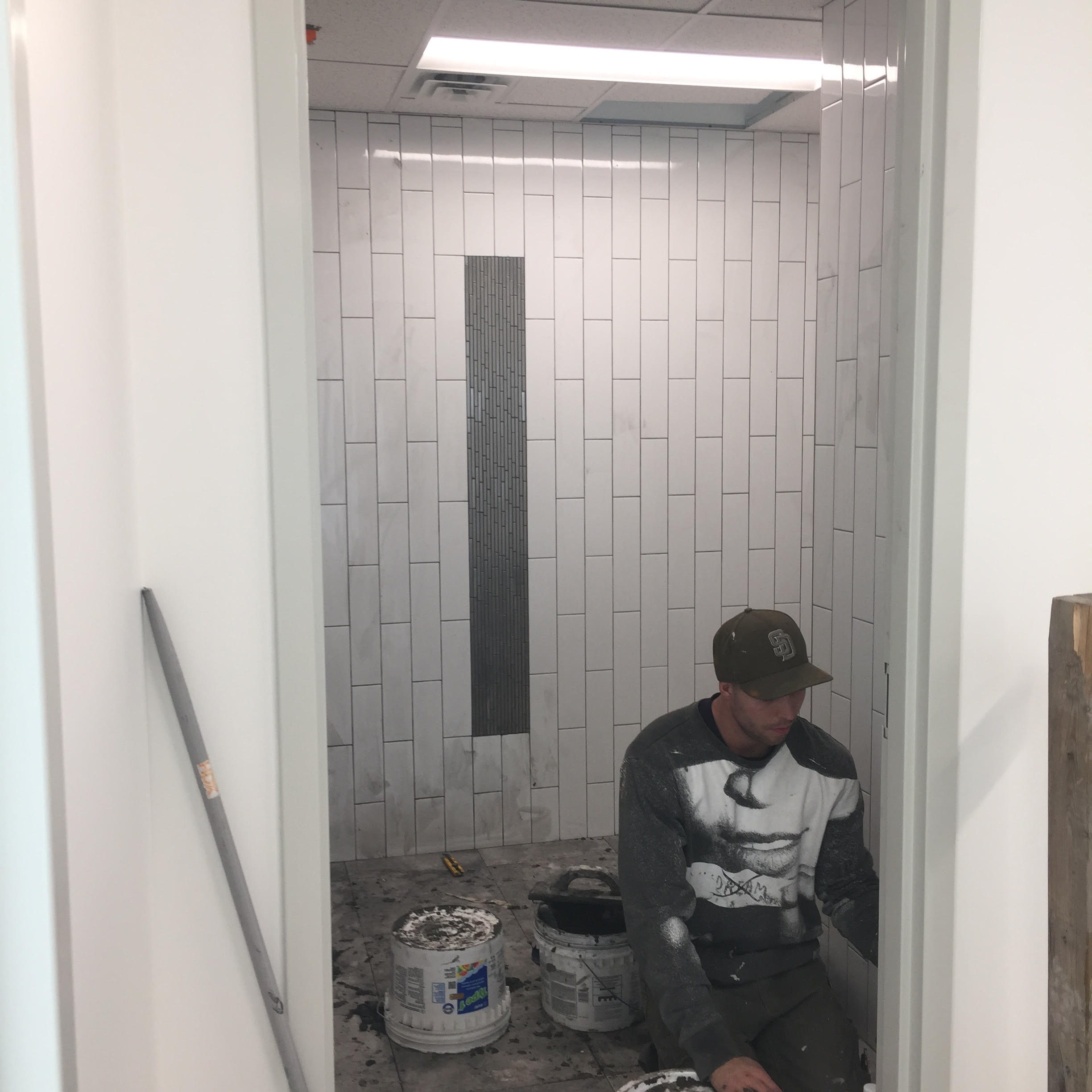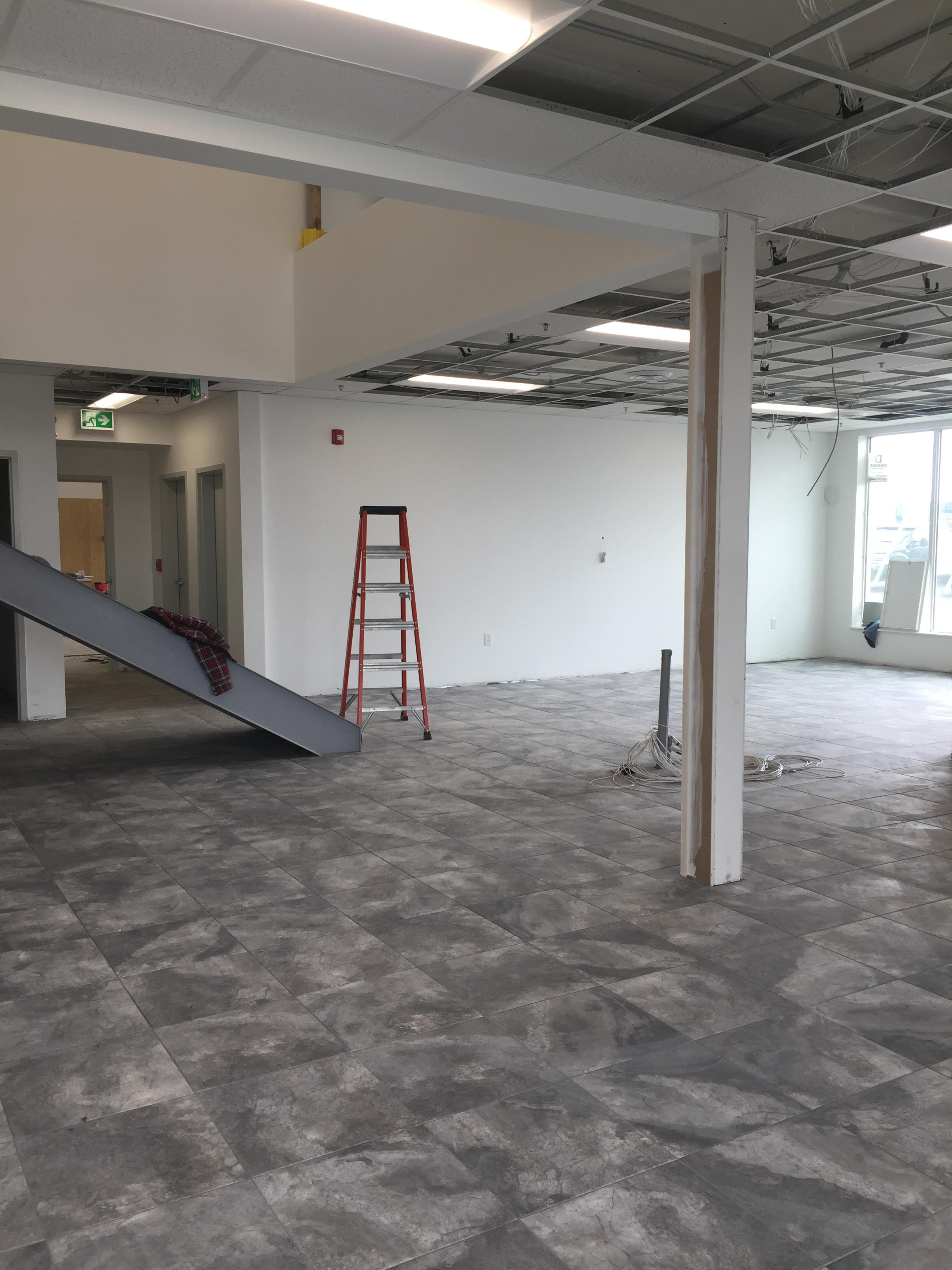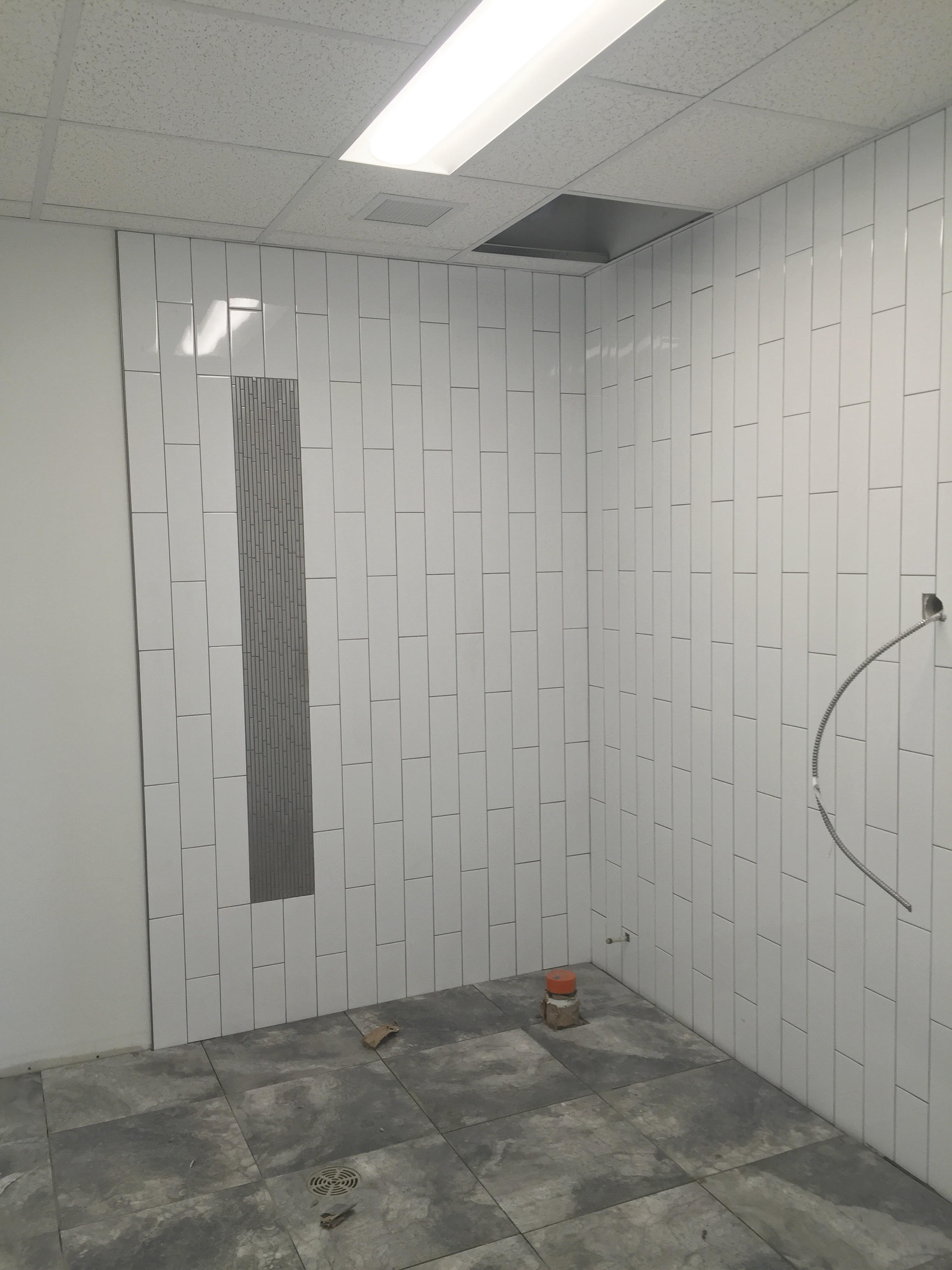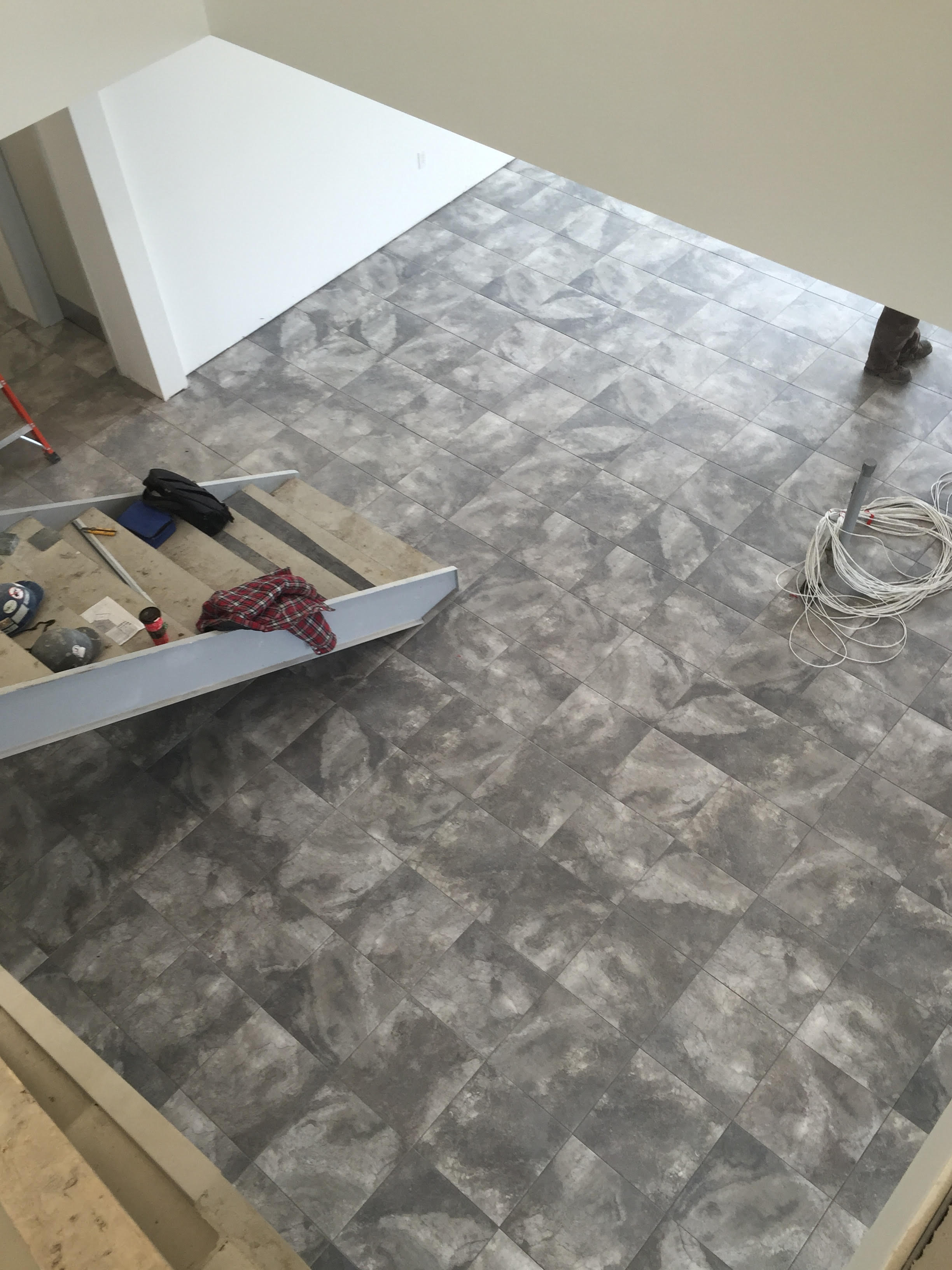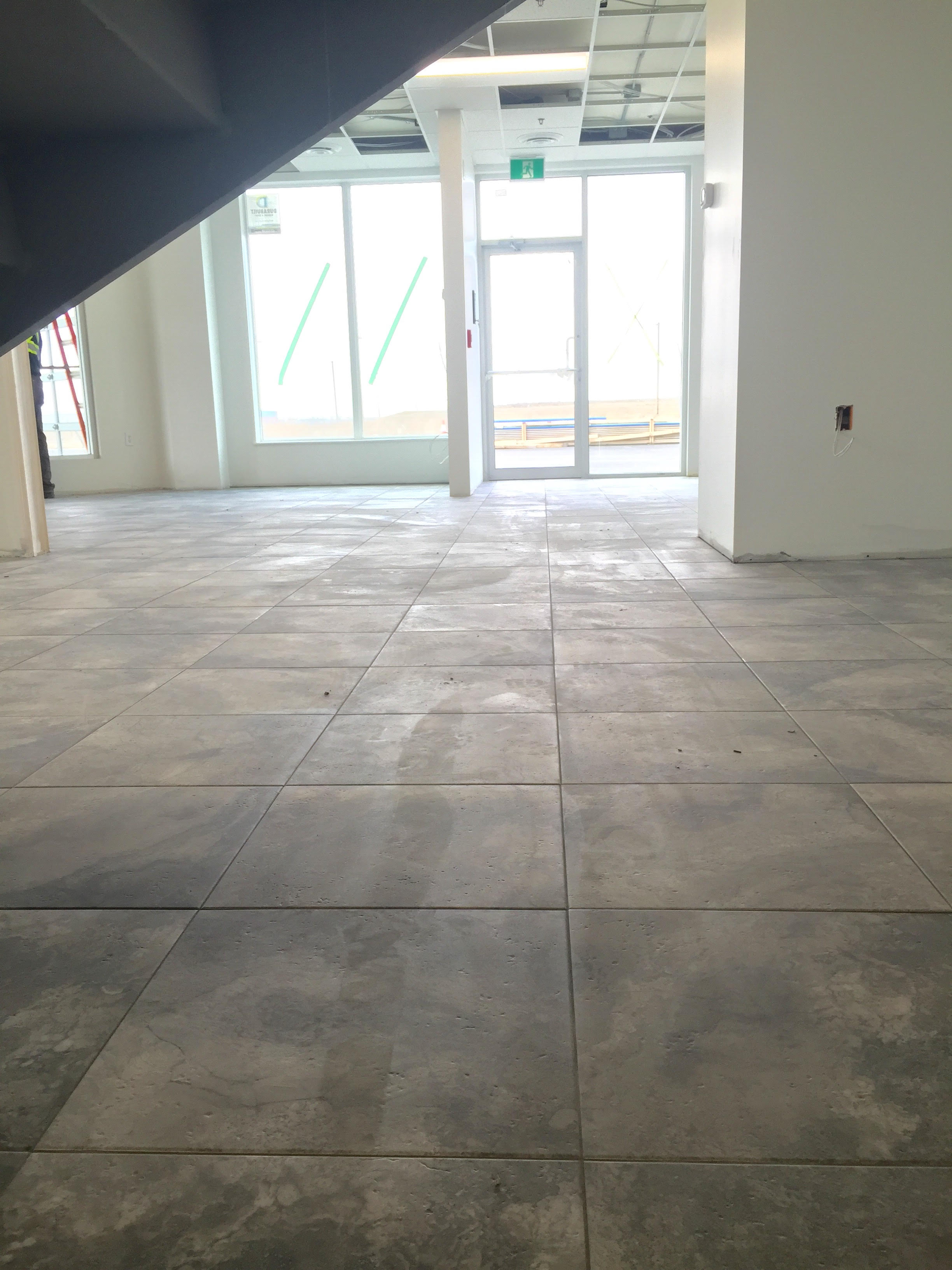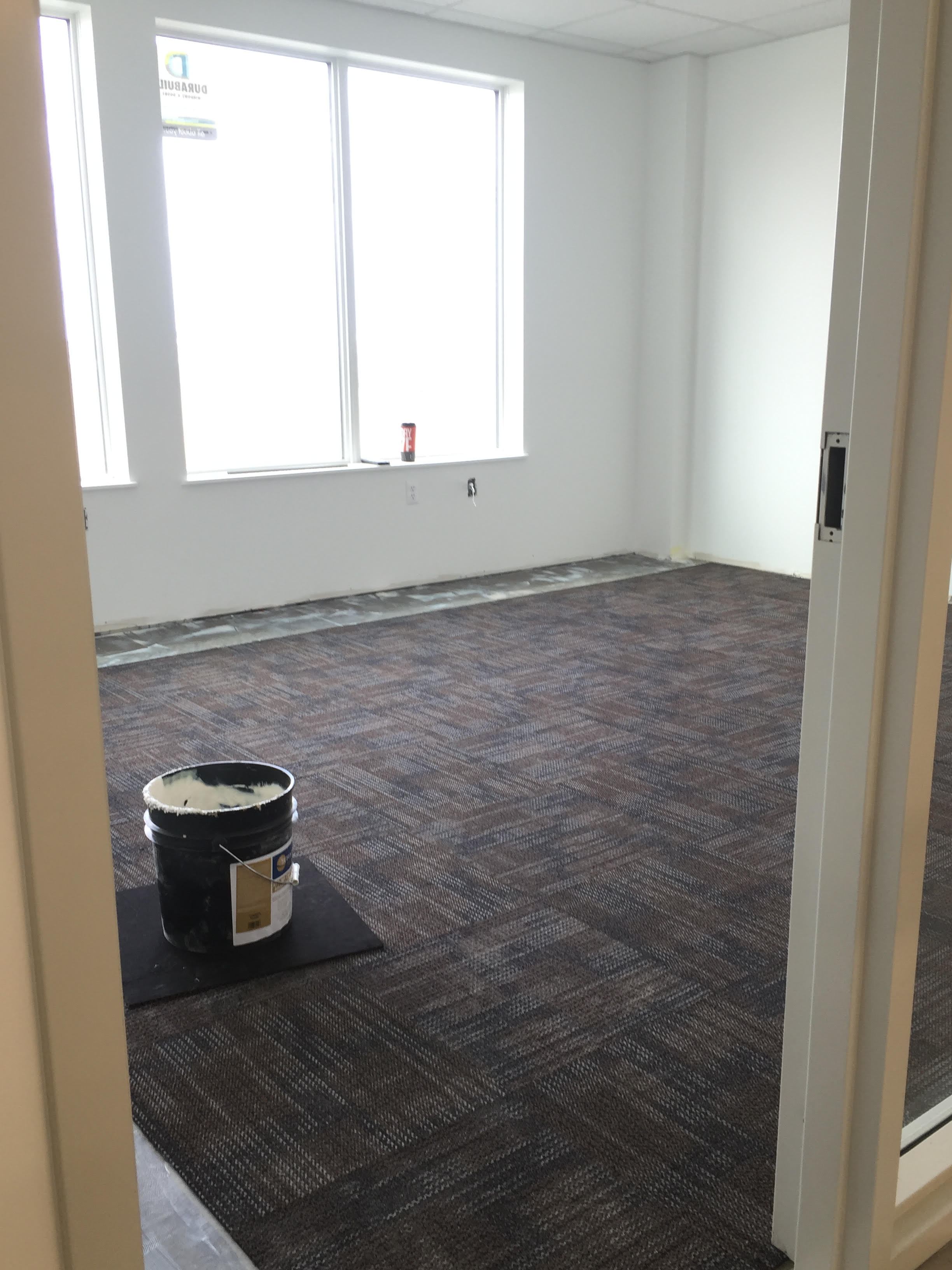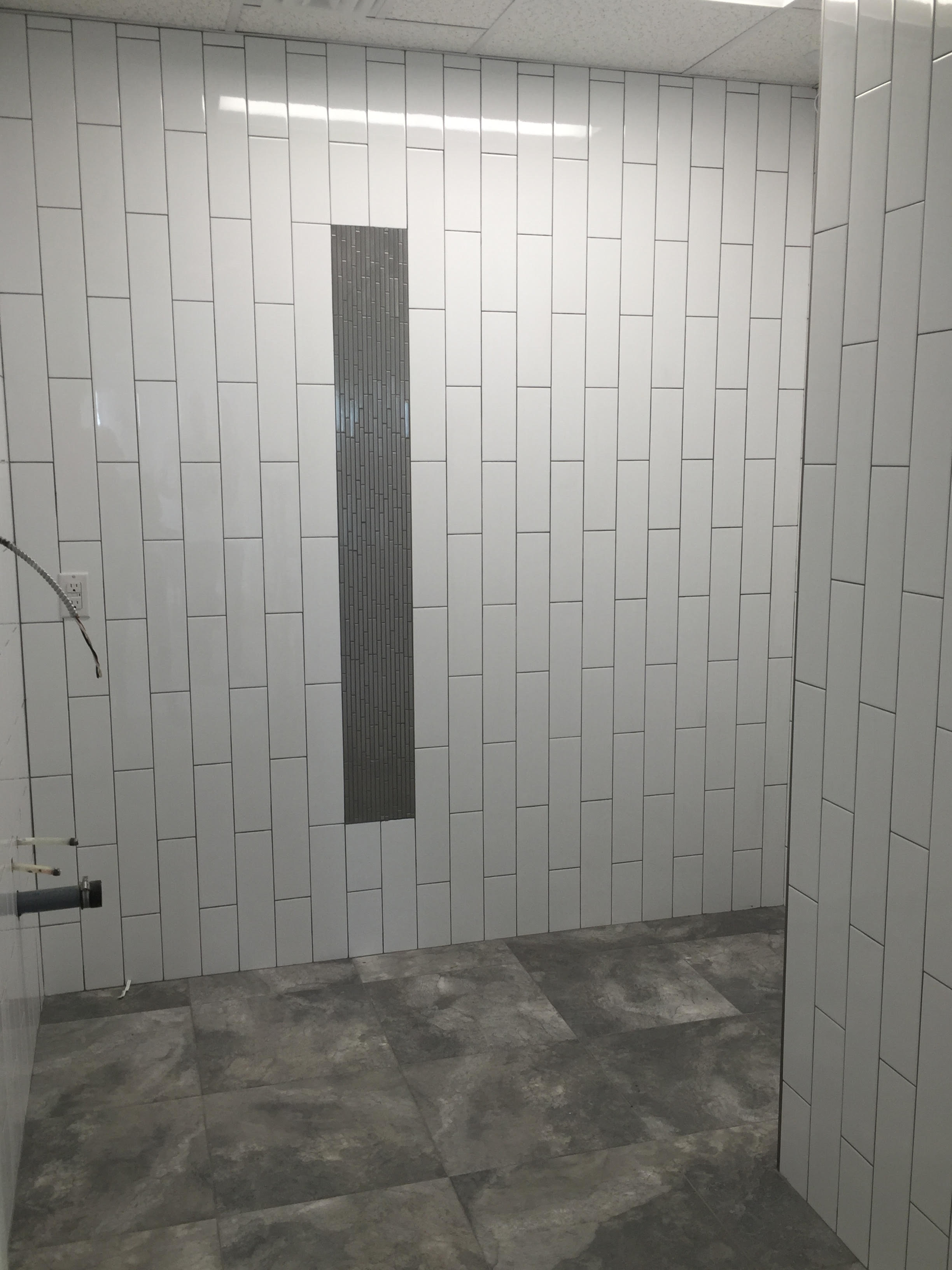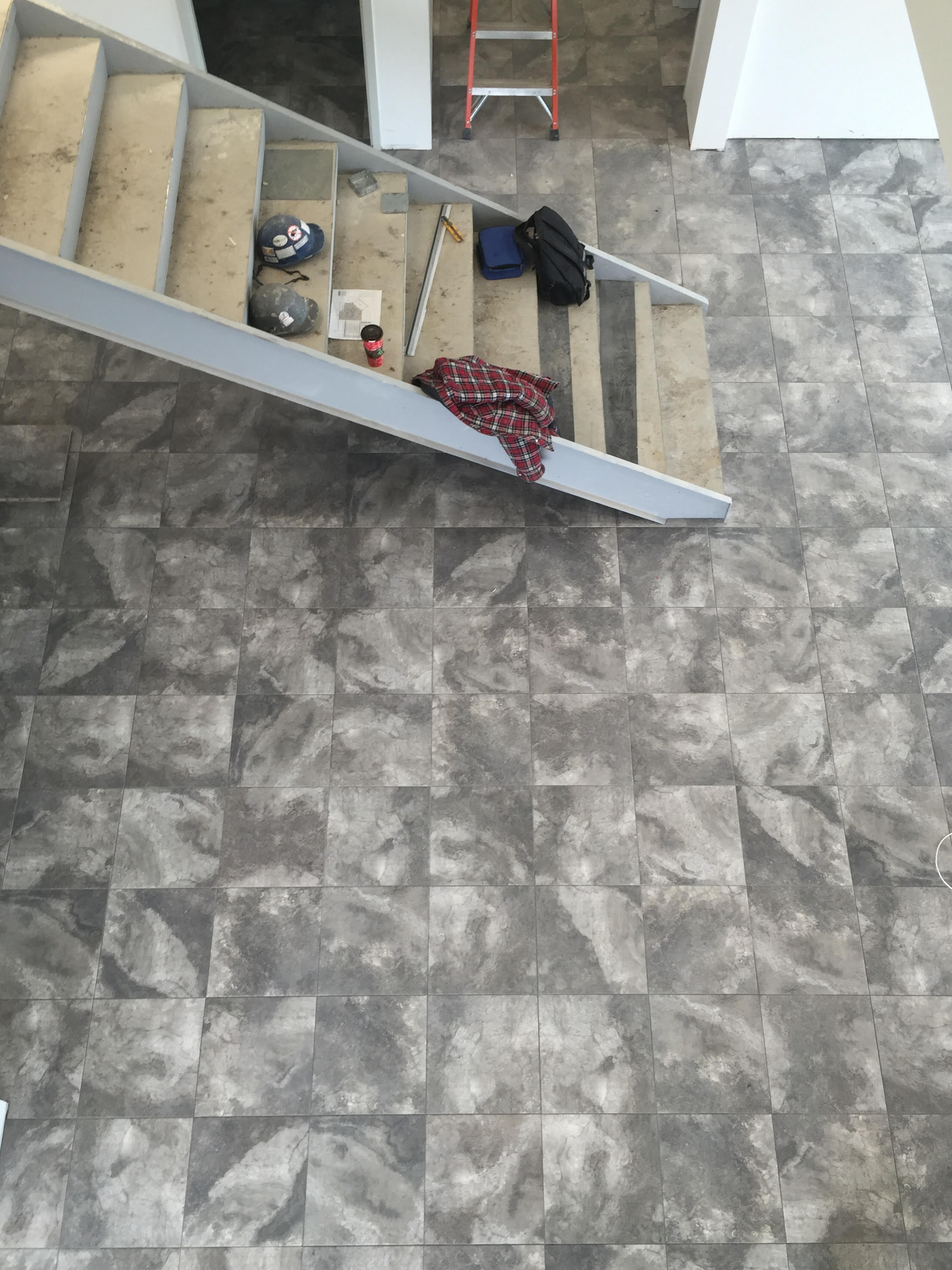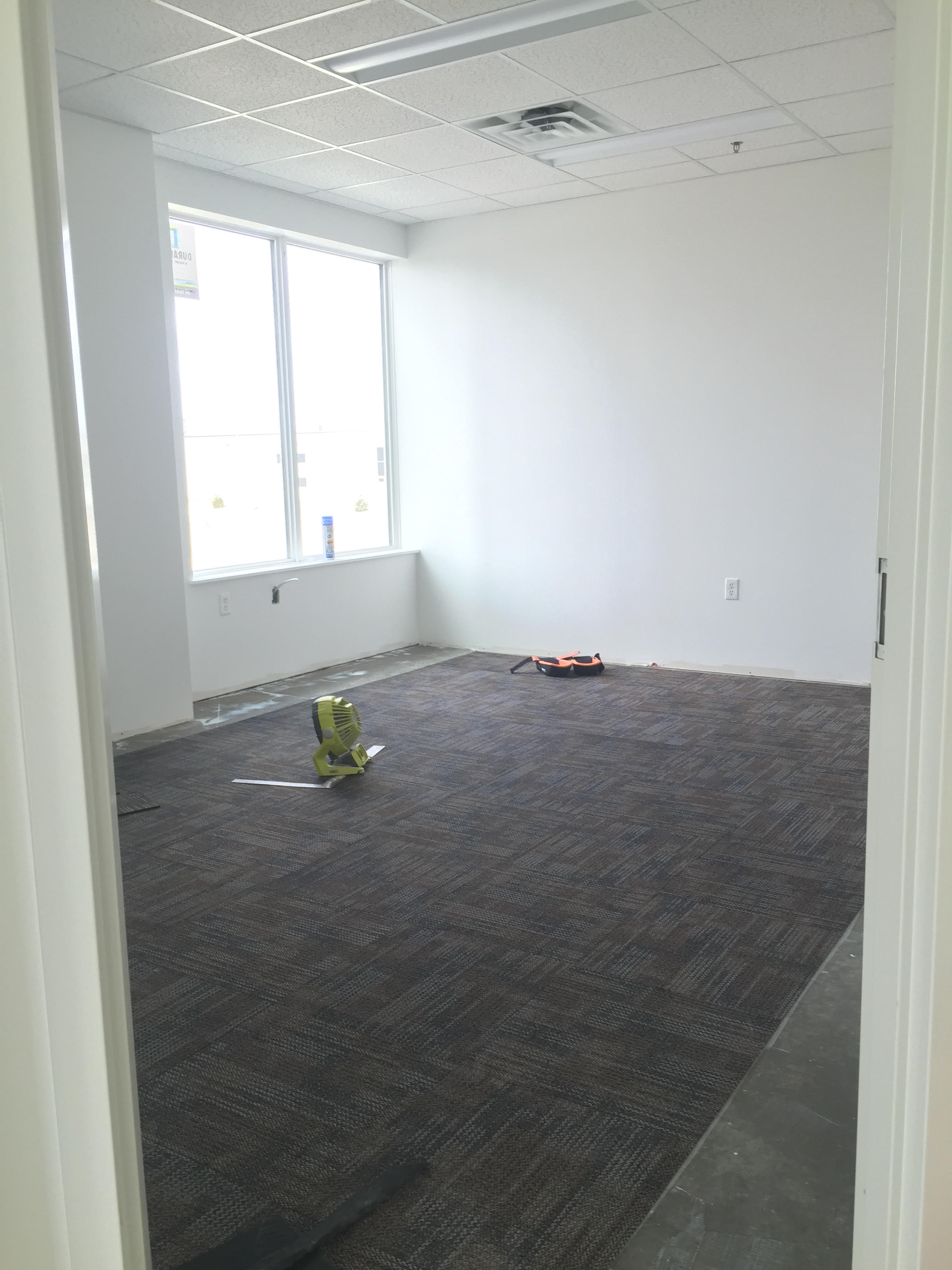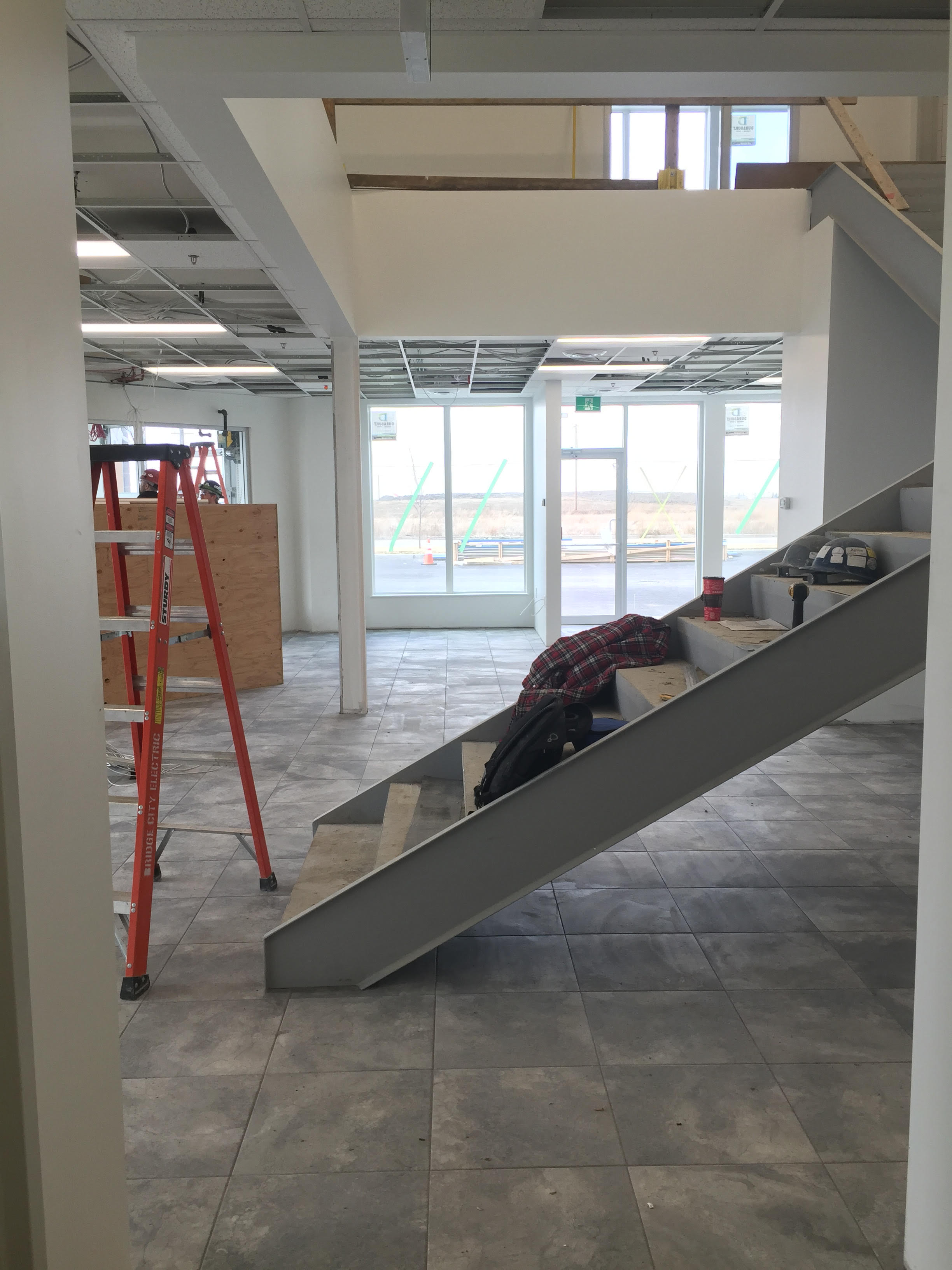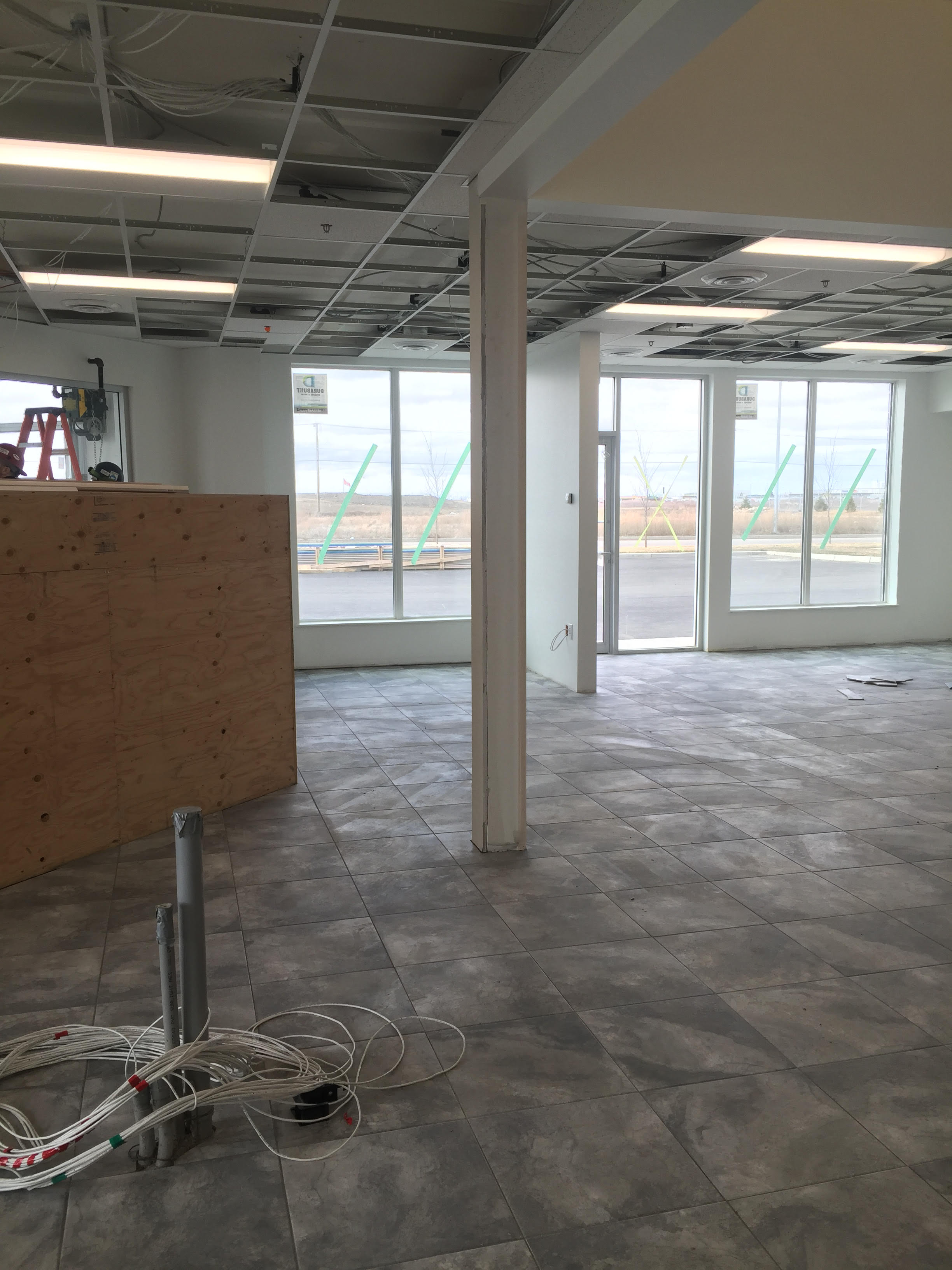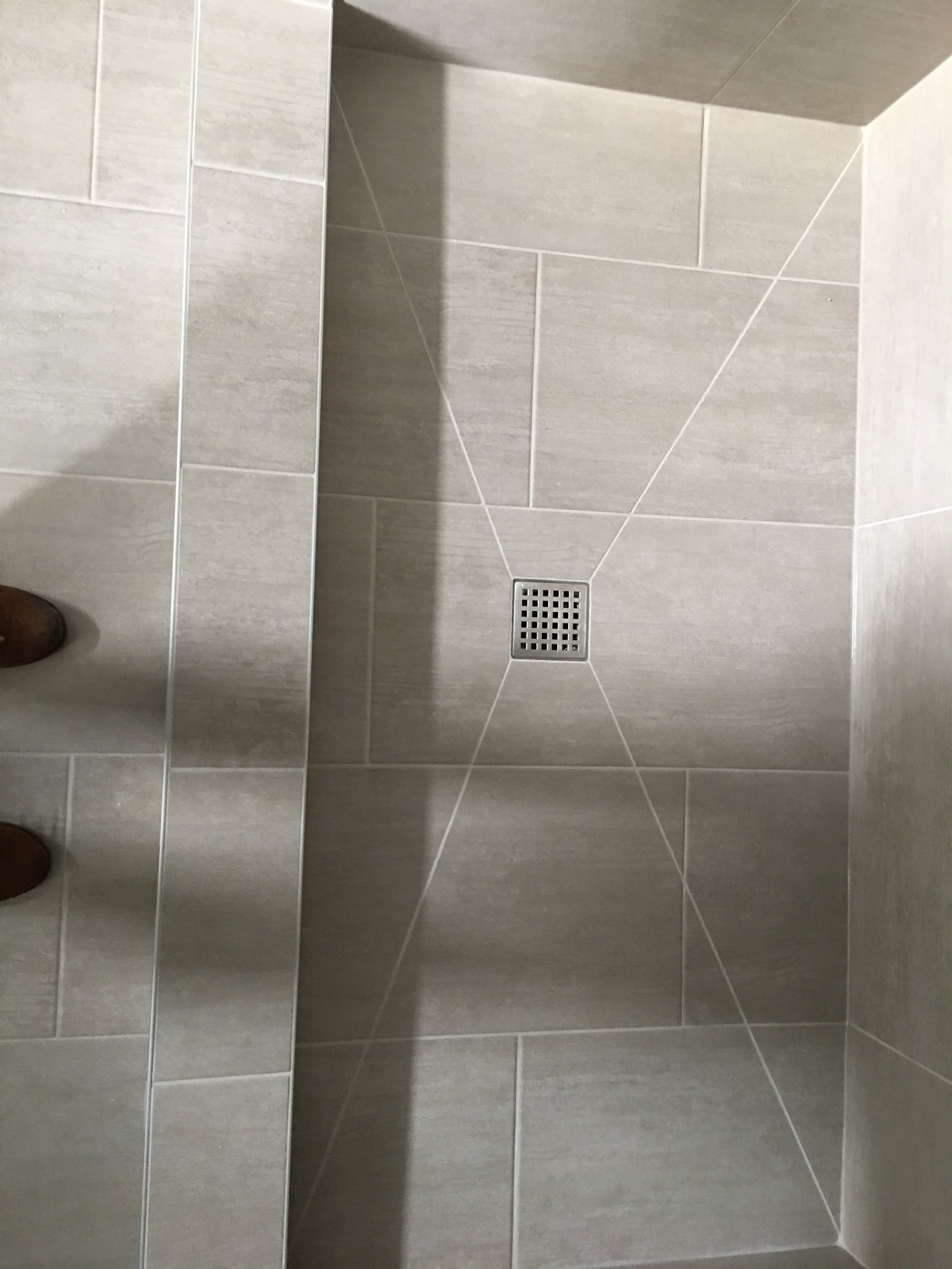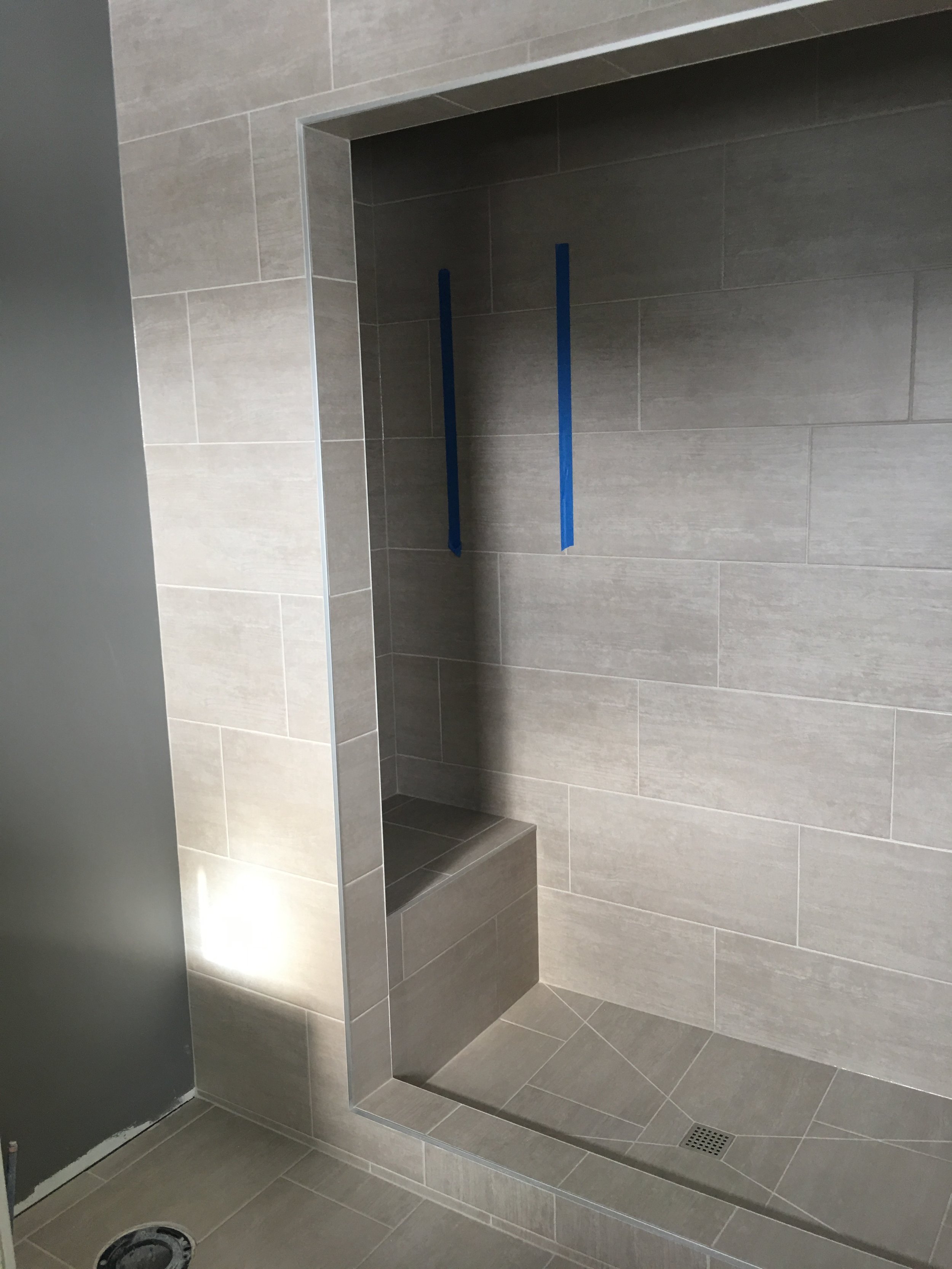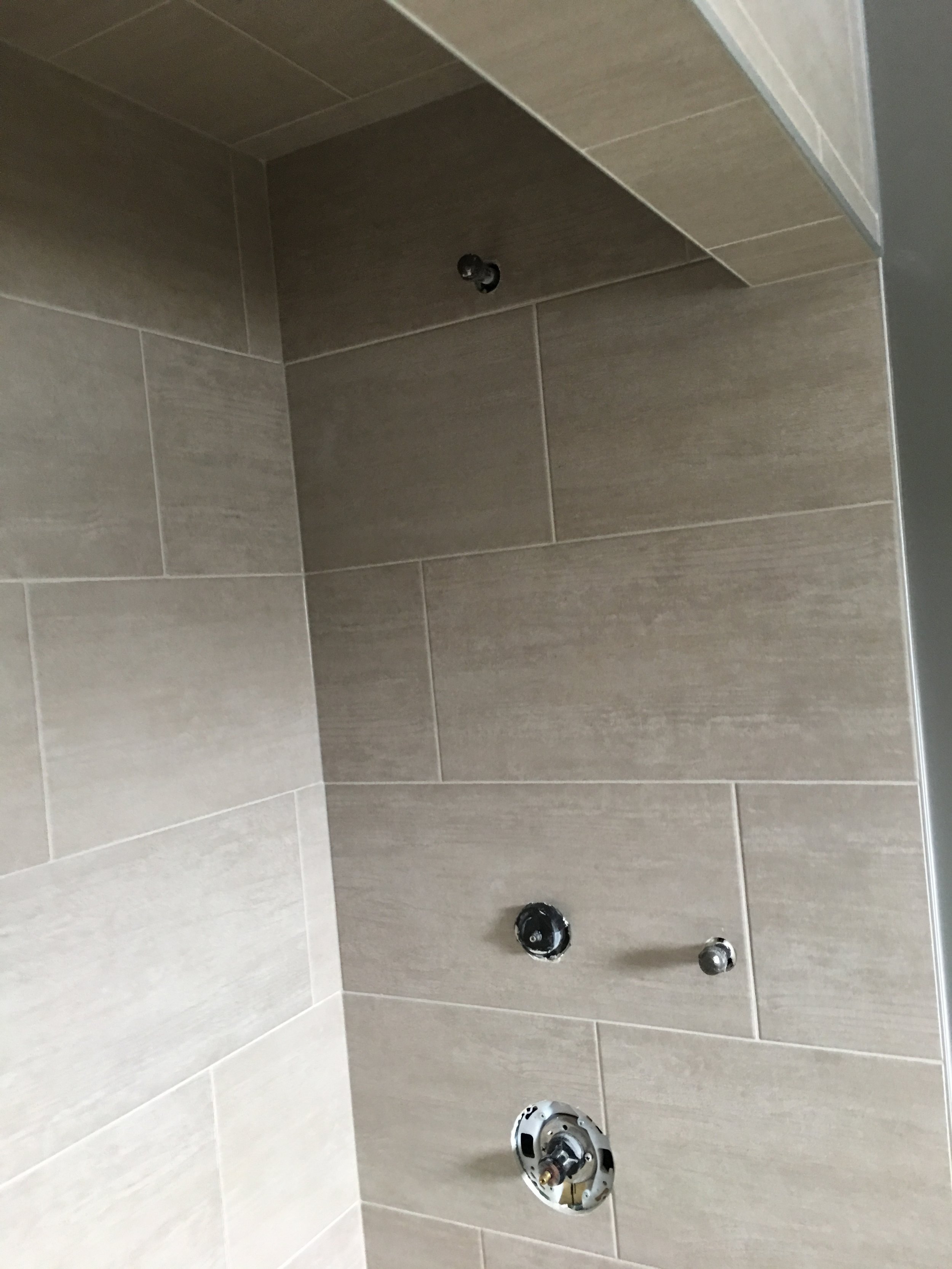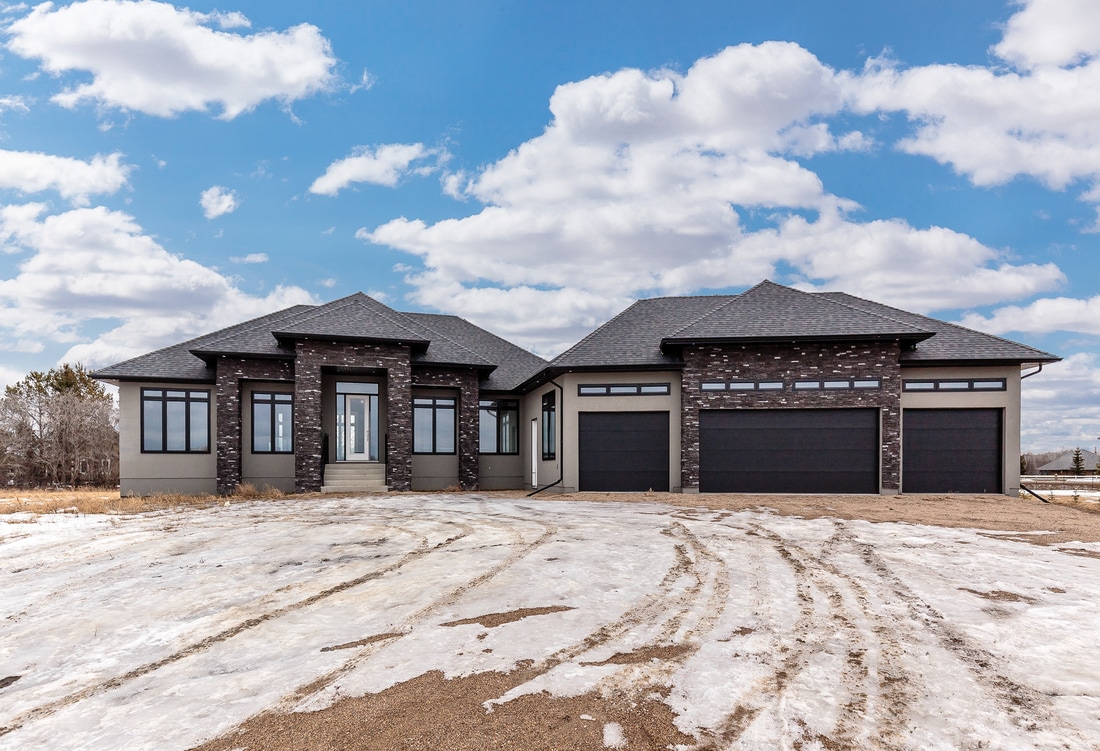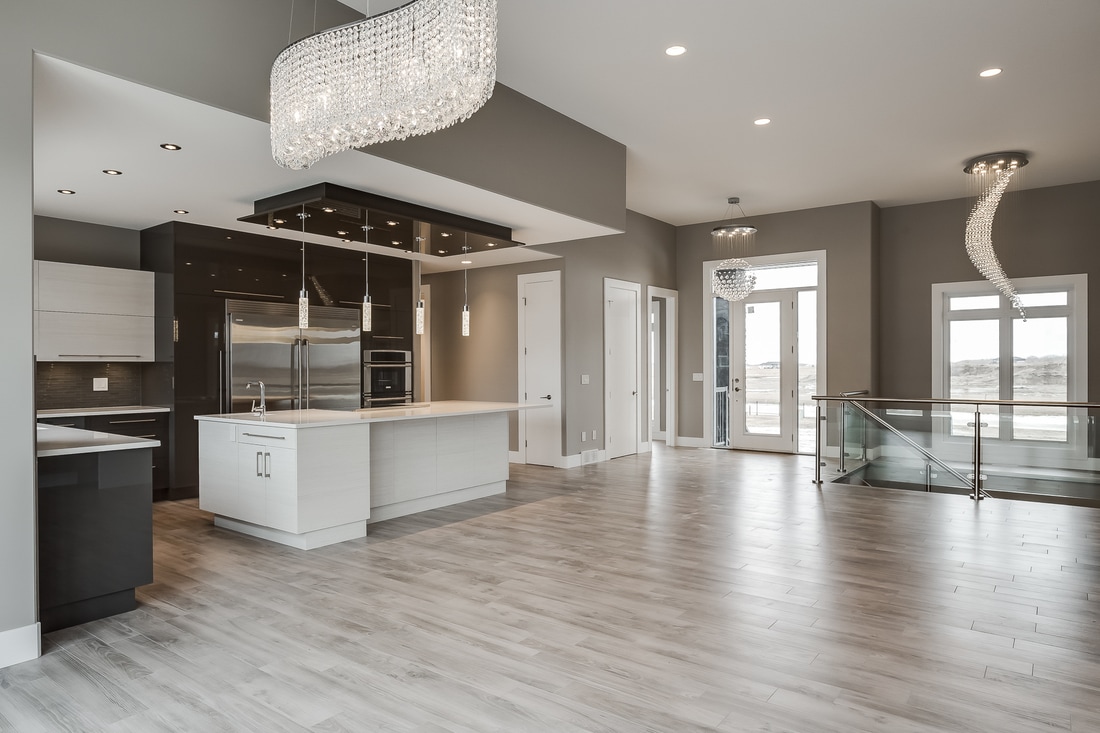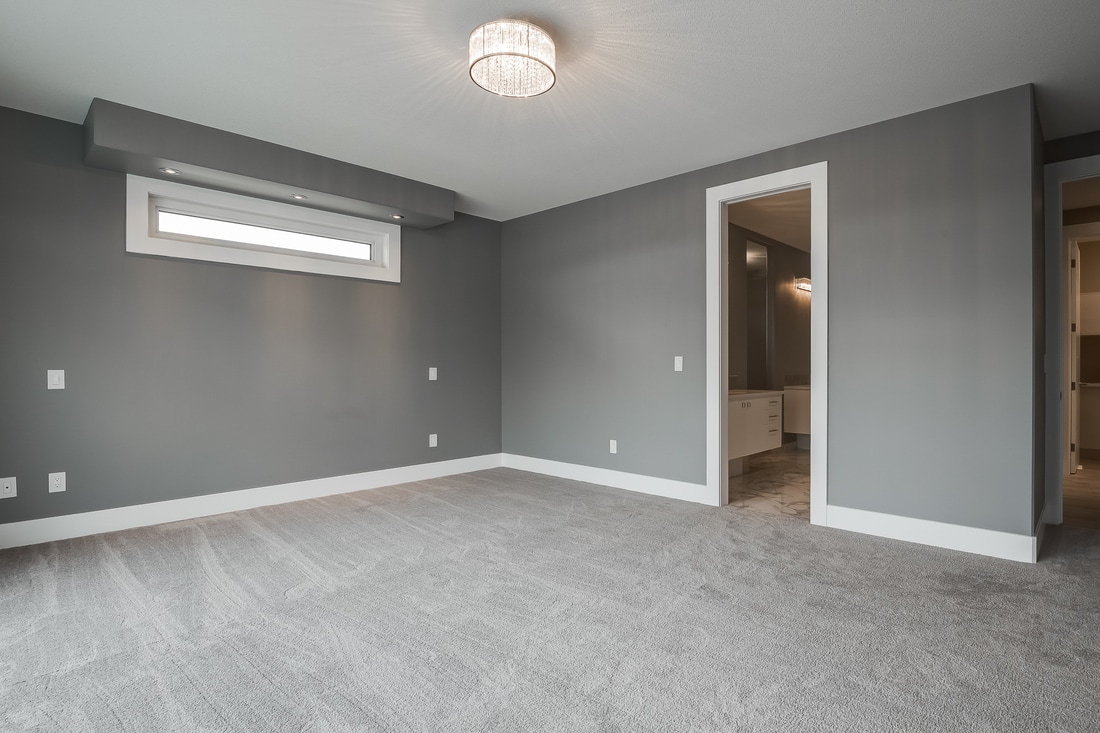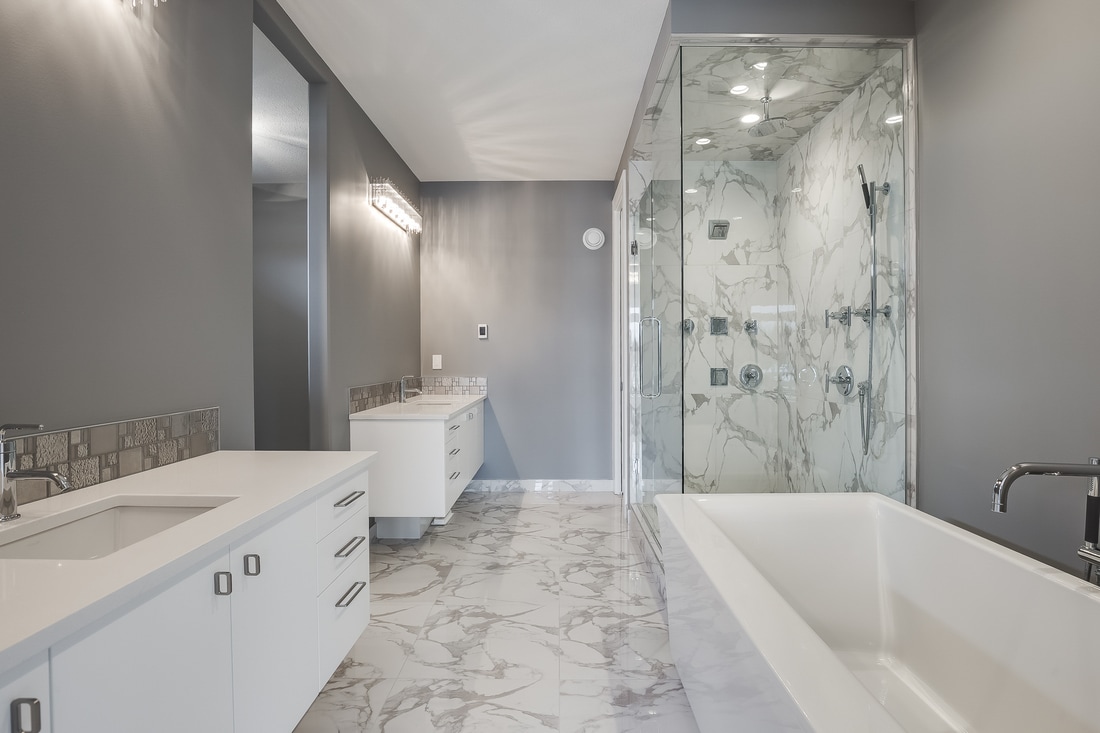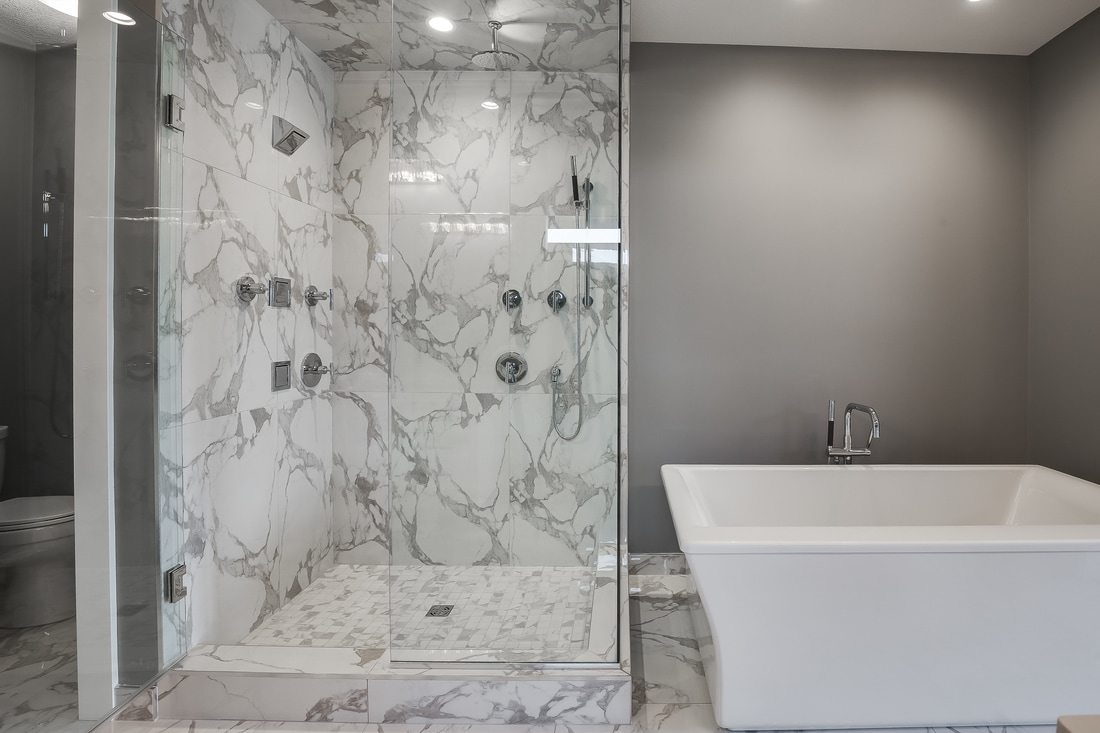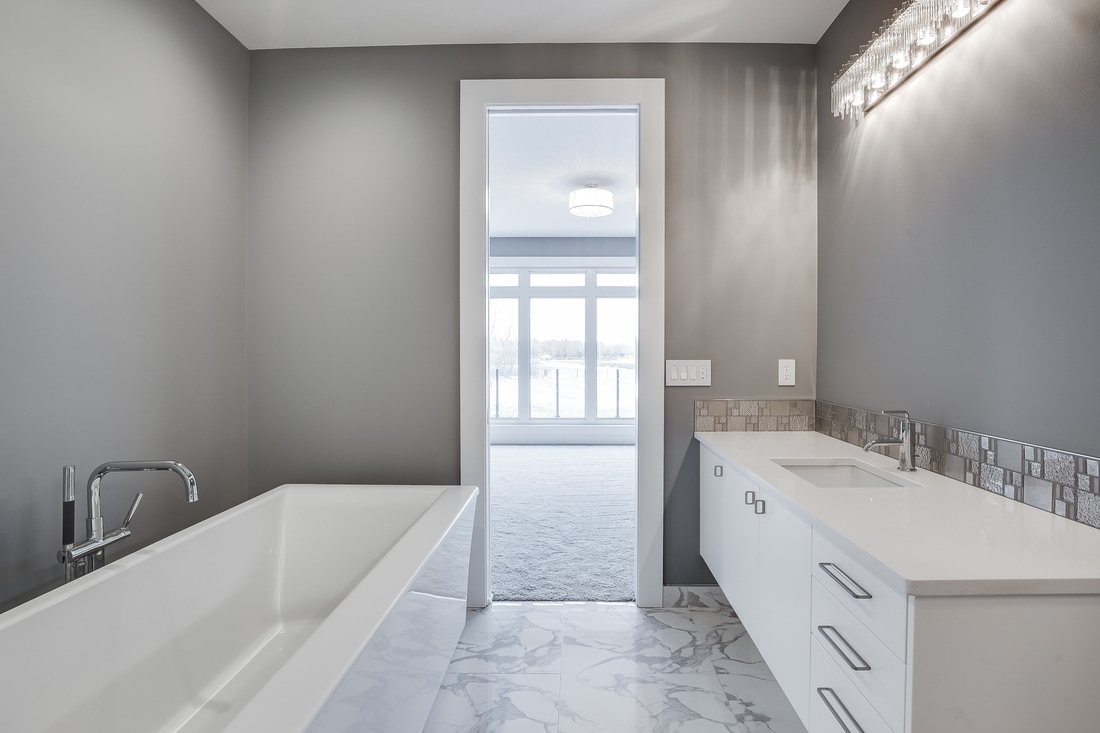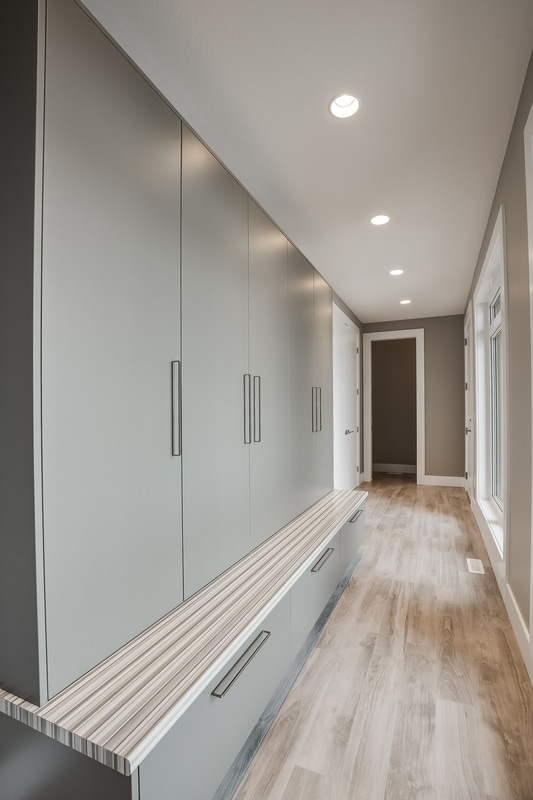We have been quoting a lot of banks, restaurants and large commercial jobs lately. The bid process is very interesting. Bear with me, this post will have some industry jargon. I'm going to break down the pieces of the bid process to give all of you (both of you?) readers out there an insight into this part of our industry.
To Begin, the business owner or group of owners decide they want to build or renovate something. They then hire an architect (or engineer or design firm depending on what the project entails). The architect then approaches large scale General Contractors with the job. In Saskatoon these are groups like Wright Construction, PCL, Ledcor etc. The big guys. Those builders then put together a quote. In order to do that they contact businesses in different sectors for supplies and specialty labor. Luckily we qualify for both of those categories.
Usually the point we get involved with starts with an email or phone call with an invitation to bid the job from the big guys. When we agree to participate in the process, we get access to the plans/blueprints. Usually the designer involved picks the products. We contact the tile or carpet tile supplier and they give us the same pricing as every other bidder. These bids are always on a tight-ish time frame. We spend 3 days or so working almost exclusively on the project at hand, pouring over the details and praying that we miss nothing, and that our competitors also miss nothing. Usually bids are chosen based on the lowest price. Every Flooring place does things different, some installers are paid hourly, ours are paid in piece work; some suppliers are aligned with specific suppliers; some have one dedicated person to bidding commercial jobs, we don't; some include transitions or base, some charge separately.
Its very difficult to compare apples to apples except by the bottom line. We are always in a tension of hoping our quote is the lowest and hoping we are quoting high enough to pay for the work. There is very little margin to be made in commercial work, but the volume usually makes up for it. There are so many parts of this process that are more difficult than residential jobs. One mistake, we could lose a lot of money. Beyond that, a store at our level has to submit our bid to the right construction company in order to have our bid carried.
Its a big learning curve. Our bids have done fairly well and we have won about 1/3 of what we submit. Ideally it would be great to have a better grasp on the ever-changing, fluid process and get every single one. I am used to slaying the competition, not just meeting them. We will get there in commercial work too.

